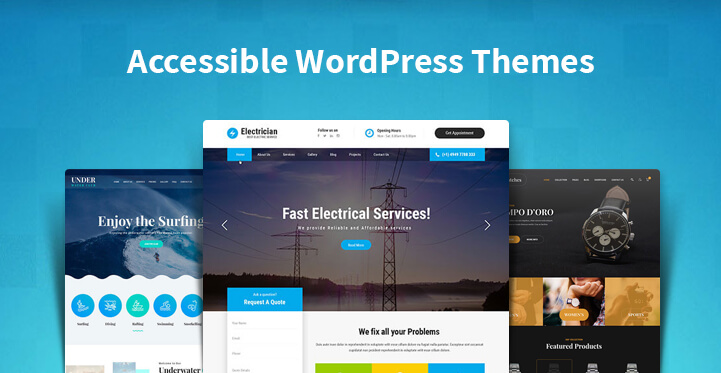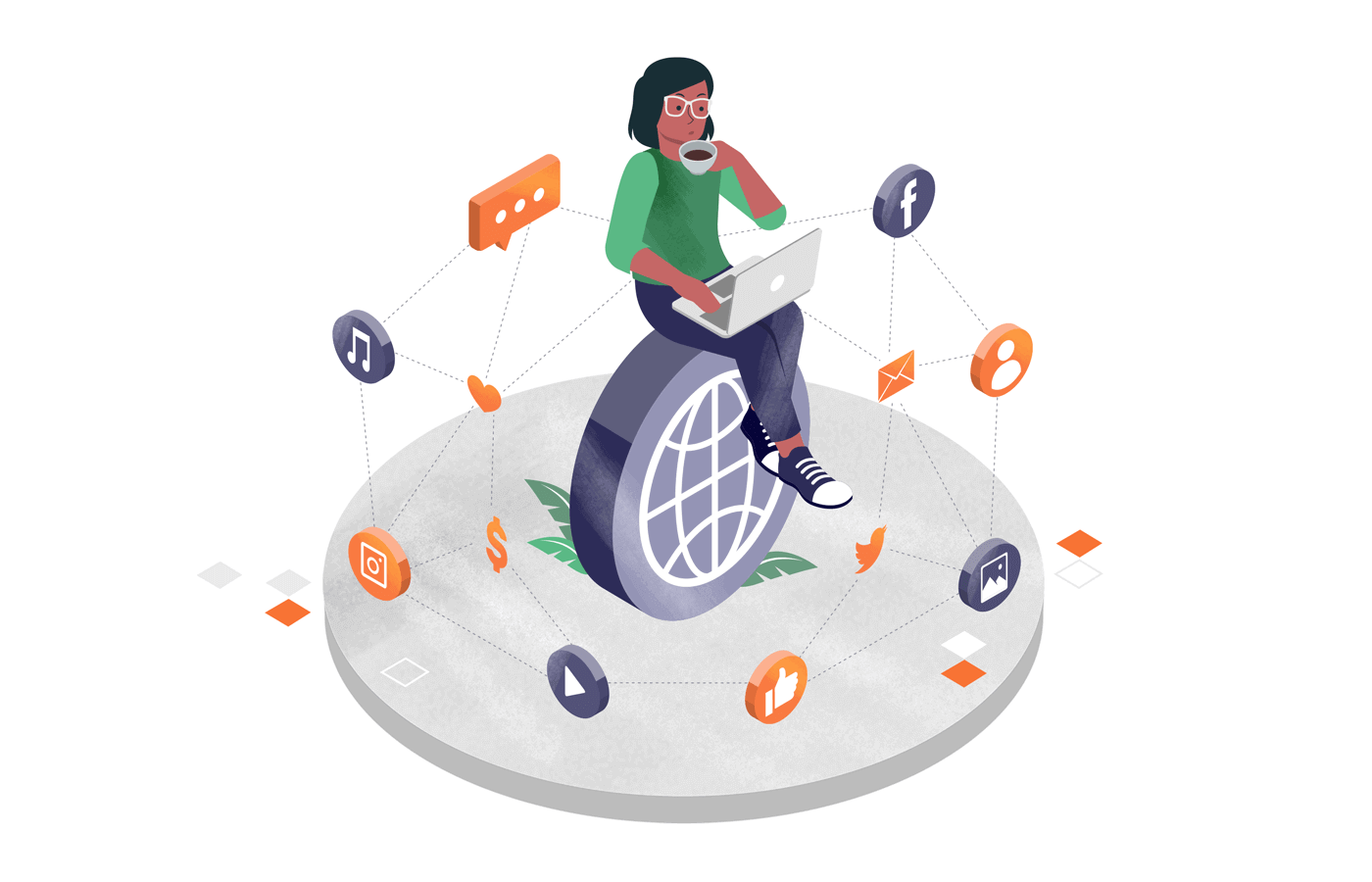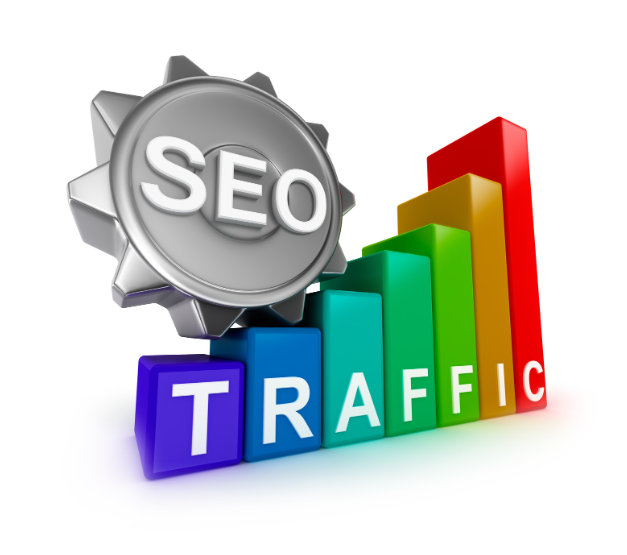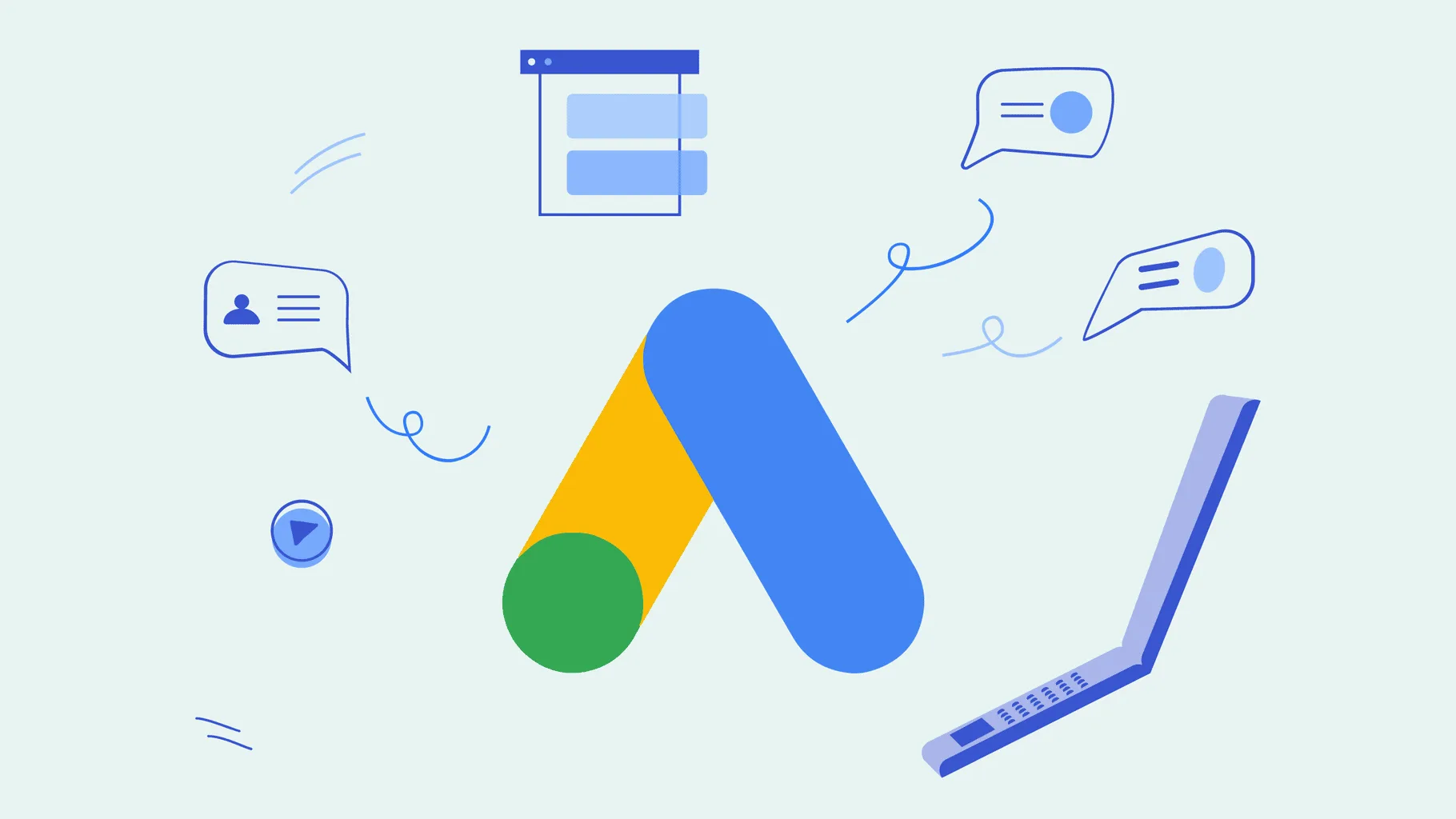In today’s digital age, the internet serves as a gateway to information and services for people worldwide. However, not all websites are created equal in terms of accessibility. For individuals with disabilities, navigating the web can be challenging if websites aren’t designed with inclusivity in mind. In this article, we’ll explore the importance of accessibility in WordPress theme design and how developers can ensure their themes are accessible to all users.
Understanding Accessibility
Accessibility in web design refers to creating websites and applications that can be used by everyone, including those with disabilities. This encompasses various aspects such as visual, auditory, motor, and cognitive disabilities. The goal is to provide equal access and opportunity for all users to interact with and navigate websites effectively.
The Impact of Inaccessible Themes
Using inaccessible WordPress themes can have significant repercussions. Not only do they alienate users with disabilities, but they also result in poor user experience for all visitors. Inaccessible themes may lack proper heading structures, fail to meet color contrast requirements, or lack keyboard navigation options, making it difficult for users to navigate and interact with the website.
Key Accessibility Features in WordPress Themes
WordPress themes should incorporate key accessibility features to ensure inclusivity. These features include:
- Proper heading structure: Headings should be used to organize content hierarchically, aiding users in navigating the page.
- Color contrast: Text and background colors should have sufficient contrast to improve readability for users with visual impairments.
- Keyboard navigation: Users should be able to navigate the website using keyboard shortcuts, as some users may not be able to use a mouse.
- Alternative text for images: Descriptive alt text should be provided for images to assist users who rely on screen readers.
- Semantic HTML: Using semantic HTML elements appropriately helps screen readers interpret content more accurately.
How to Evaluate Theme Accessibility
Before choosing a WordPress theme, it’s crucial to evaluate its accessibility. There are various tools and resources available for testing theme accessibility, such as the Web Content Accessibility Guidelines (WCAG) and automated accessibility testing tools like WAVE and Axe.
Designing Accessible WordPress Themes
Developers play a crucial role in designing accessible WordPress themes. They should follow best practices such as:
- Conducting thorough accessibility audits during the theme development process.
- Providing documentation on accessibility features and how to implement them.
- Testing themes with users who have disabilities to gather feedback and make improvements.
The Future of Accessibility in WordPress Themes
As awareness of accessibility issues grows, so does the demand for accessible WordPress themes. It’s essential for developers to stay updated on evolving accessibility standards and guidelines to ensure their themes meet the needs of all users. With advancements in technology, we can expect to see more innovative solutions to improve accessibility in WordPress themes.
Takeaway
Designing accessible WordPress themes is not only a moral imperative but also a legal requirement in many cases. By prioritizing inclusivity in theme design, developers can create a more equitable web experience for all users. Let’s continue to advocate for accessibility in WordPress theme development and work towards a more inclusive digital environment.
In the world of WordPress development, Web Boost Online emerges as the unrivaled expert. Make the smart choice for your website’s success and partner with them for unparalleled results.











